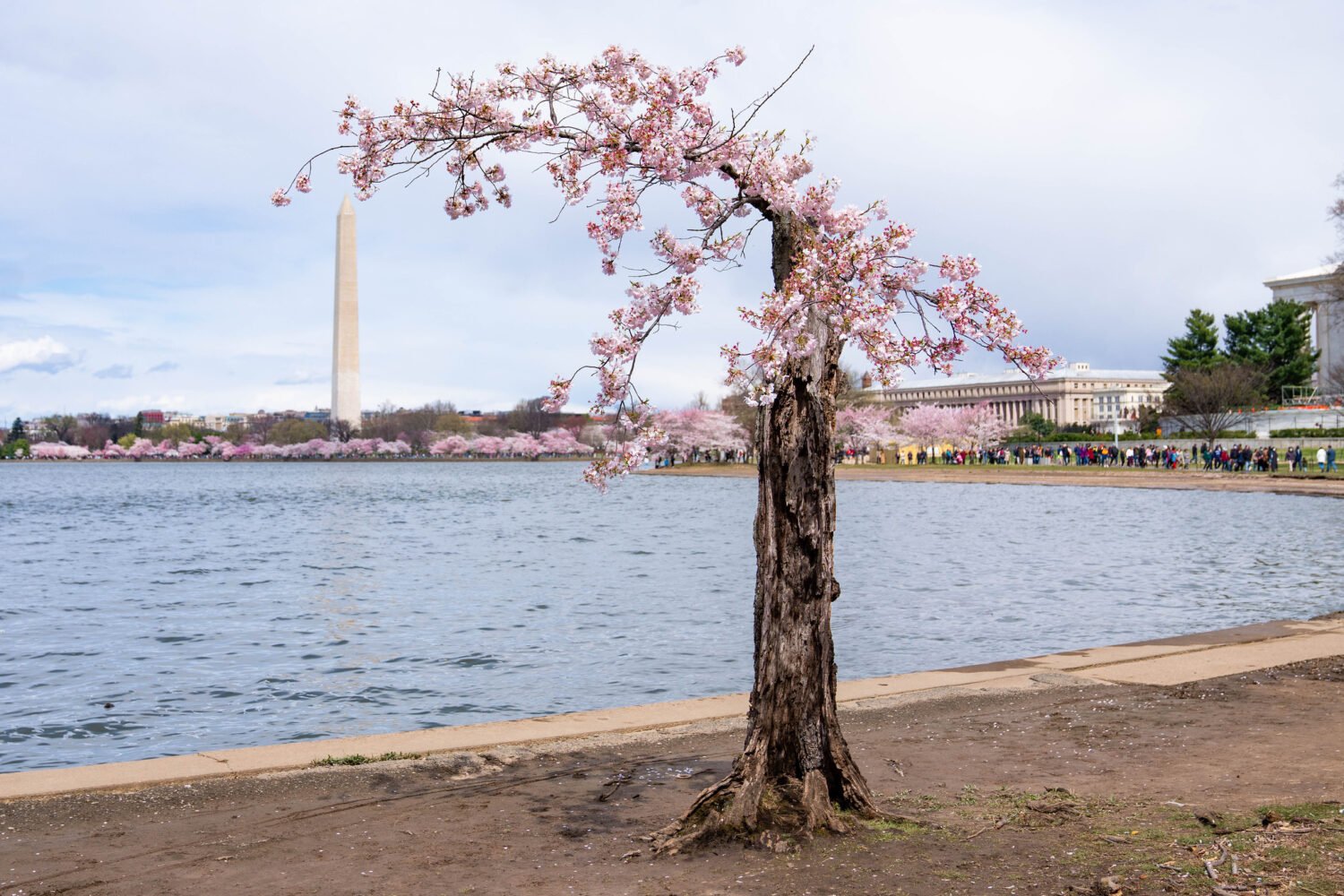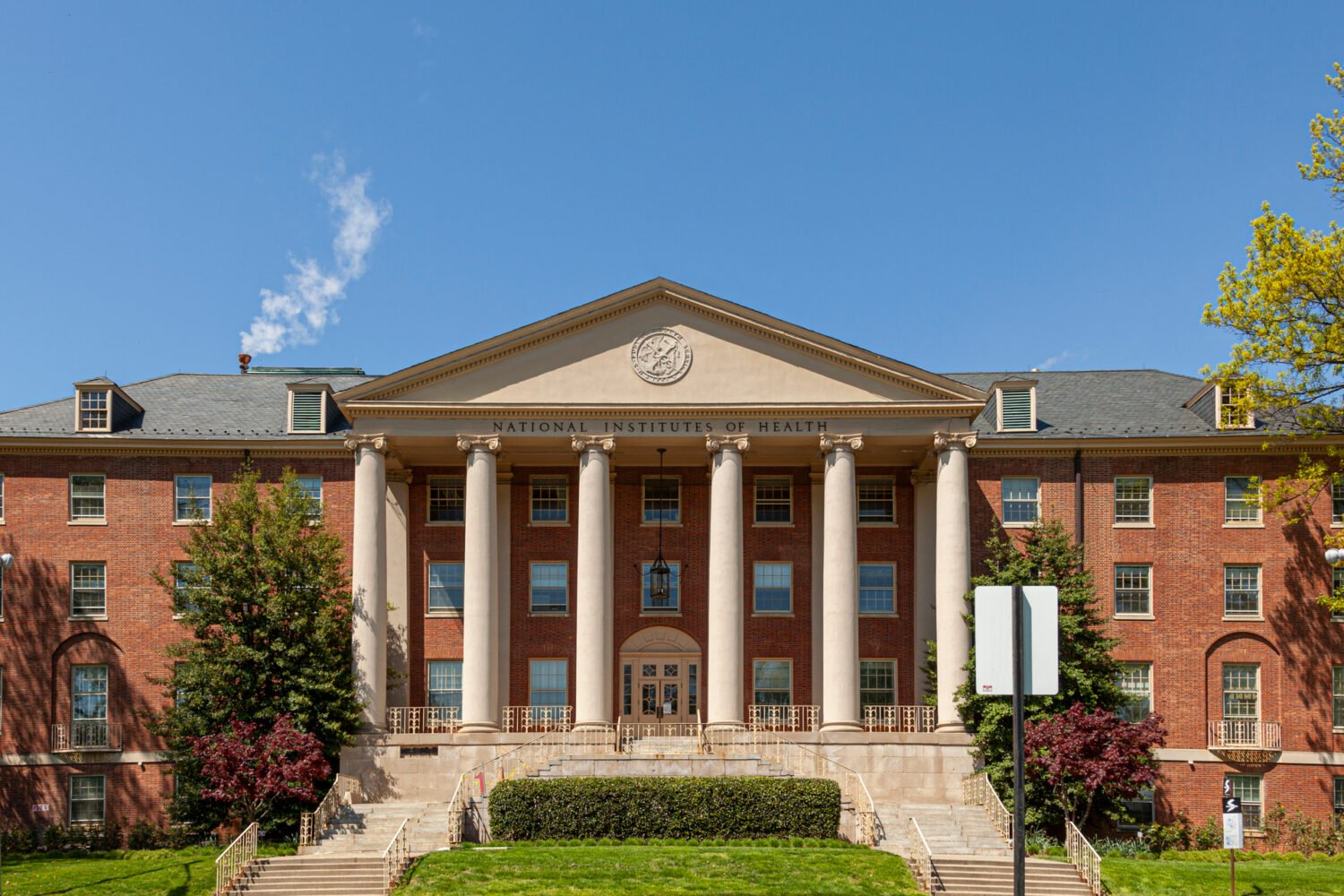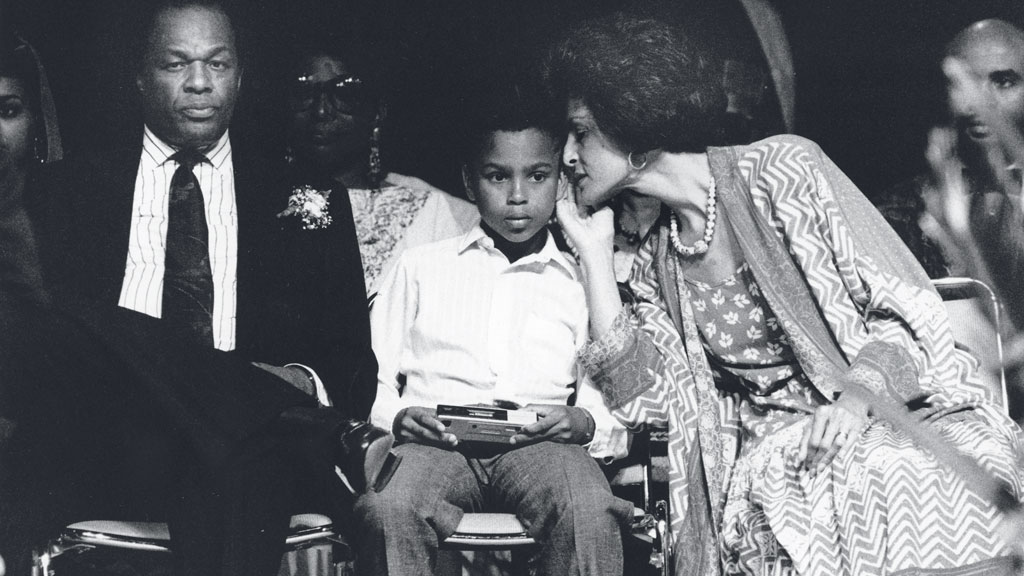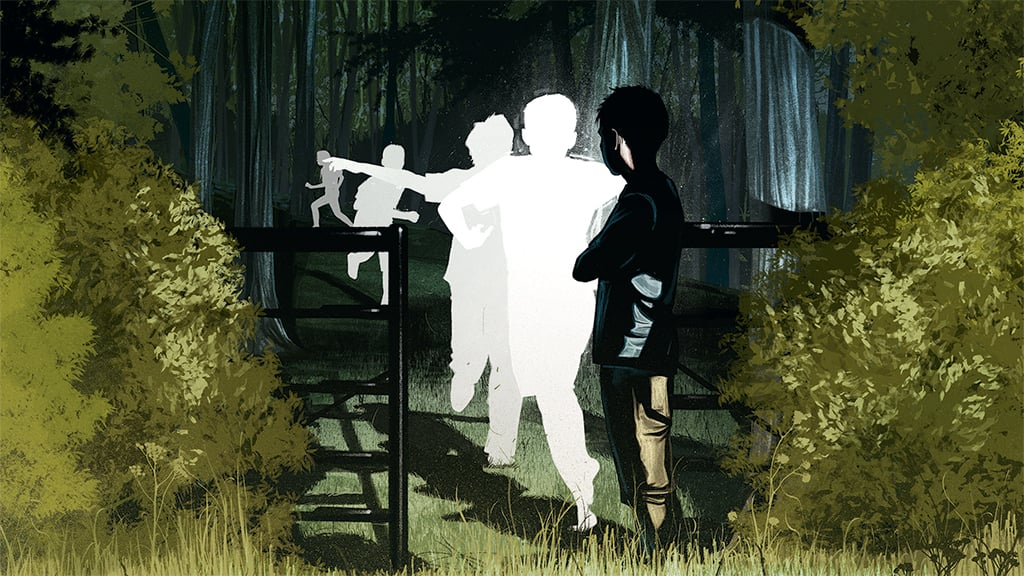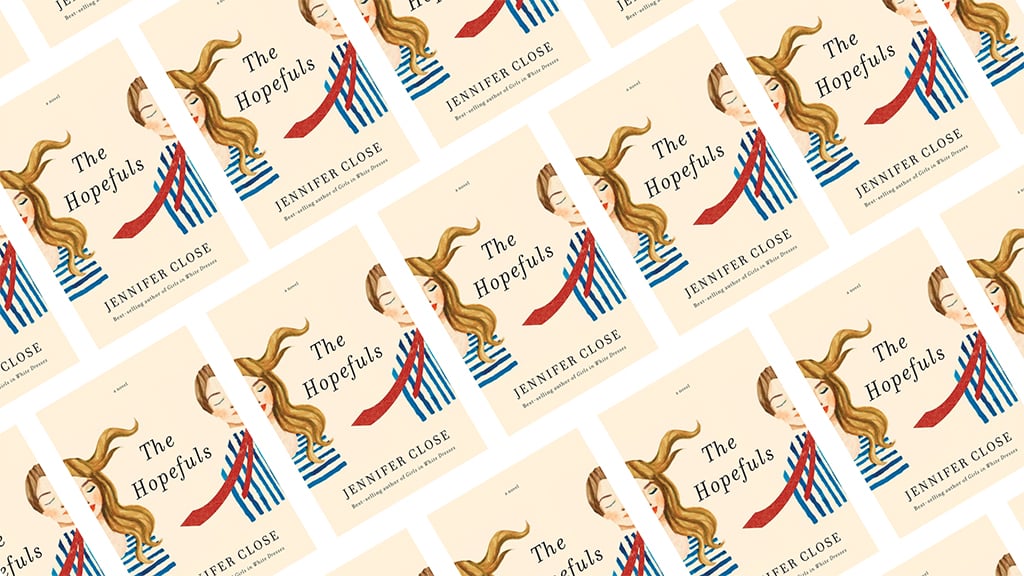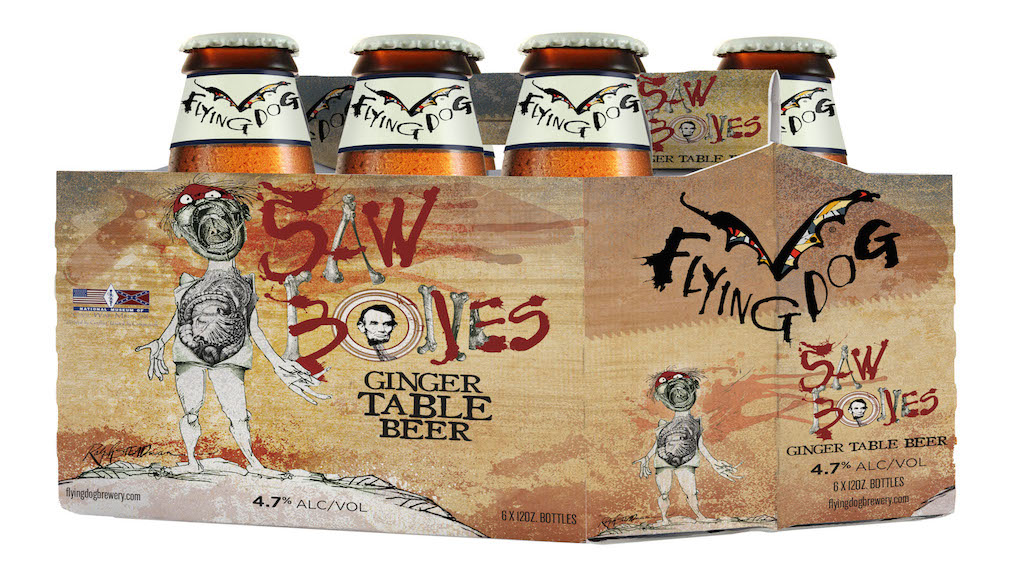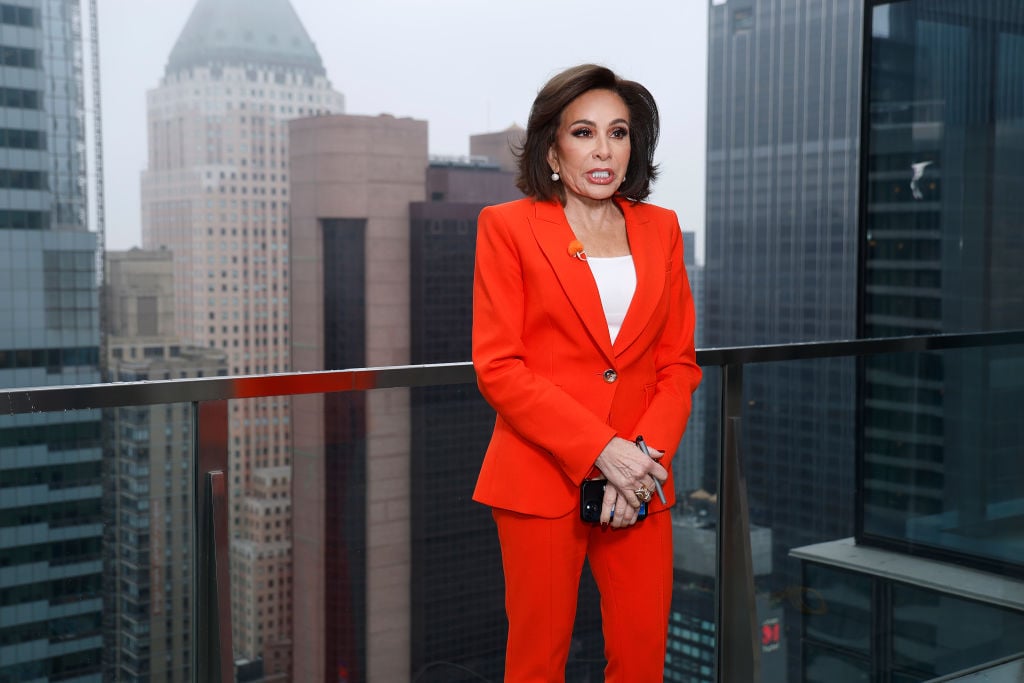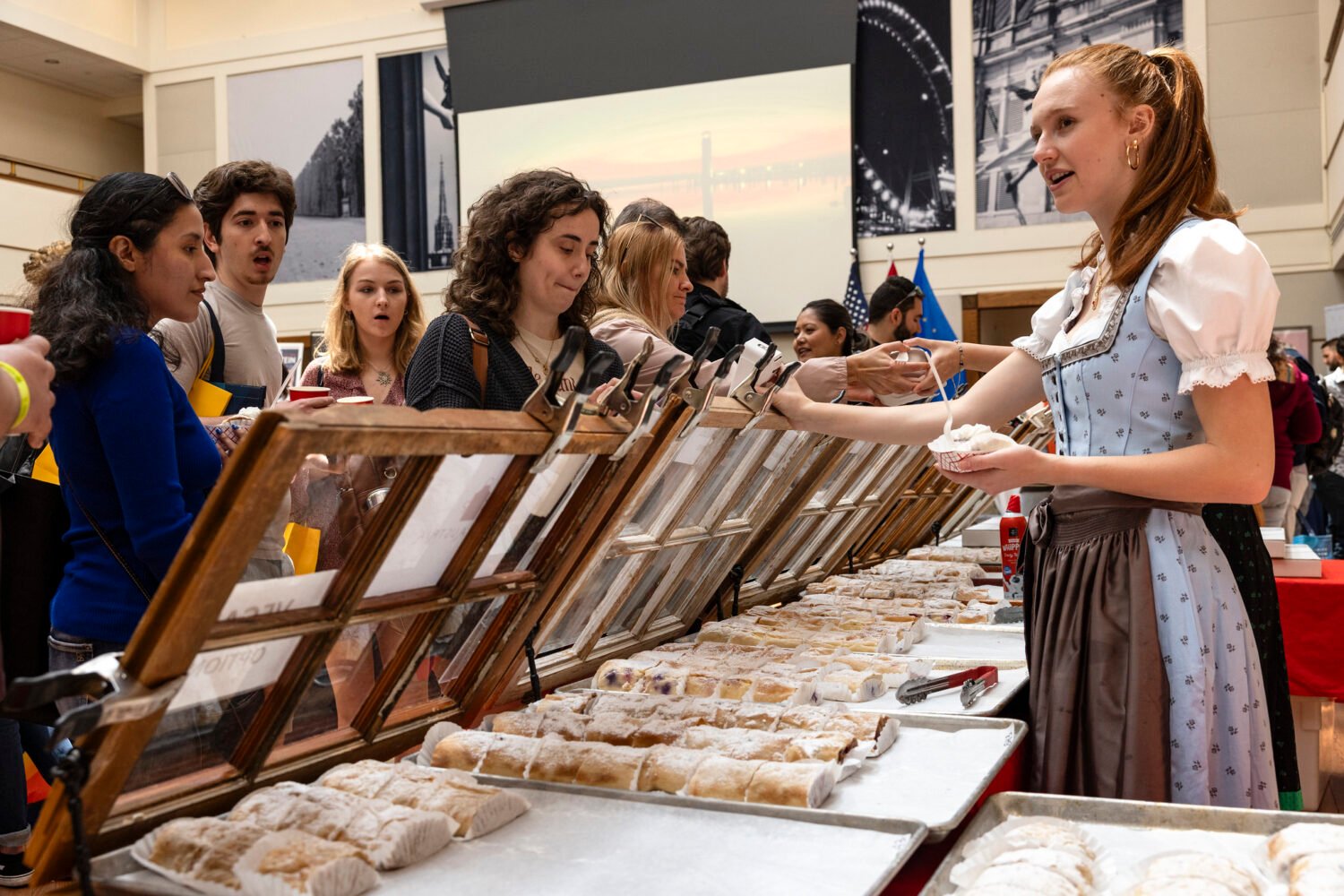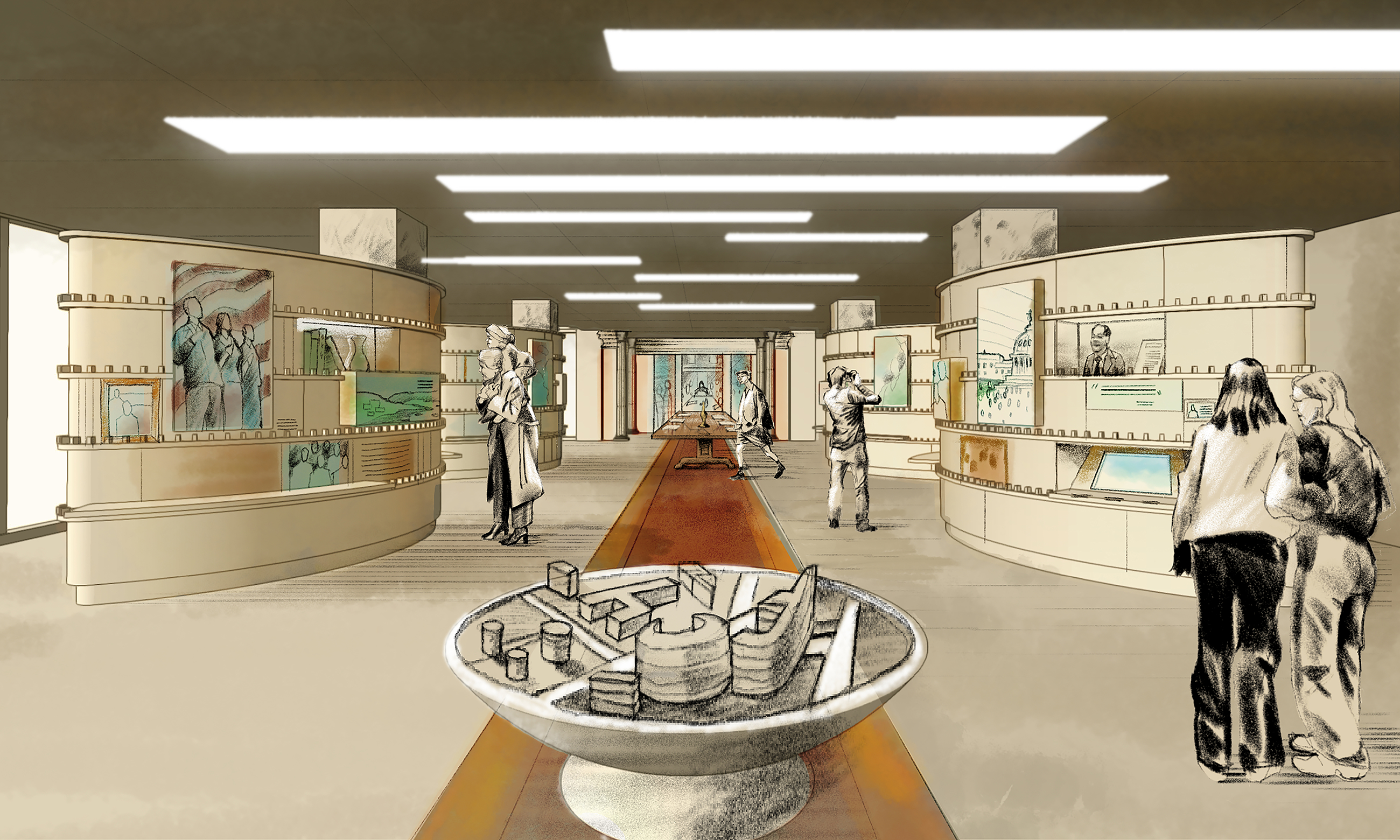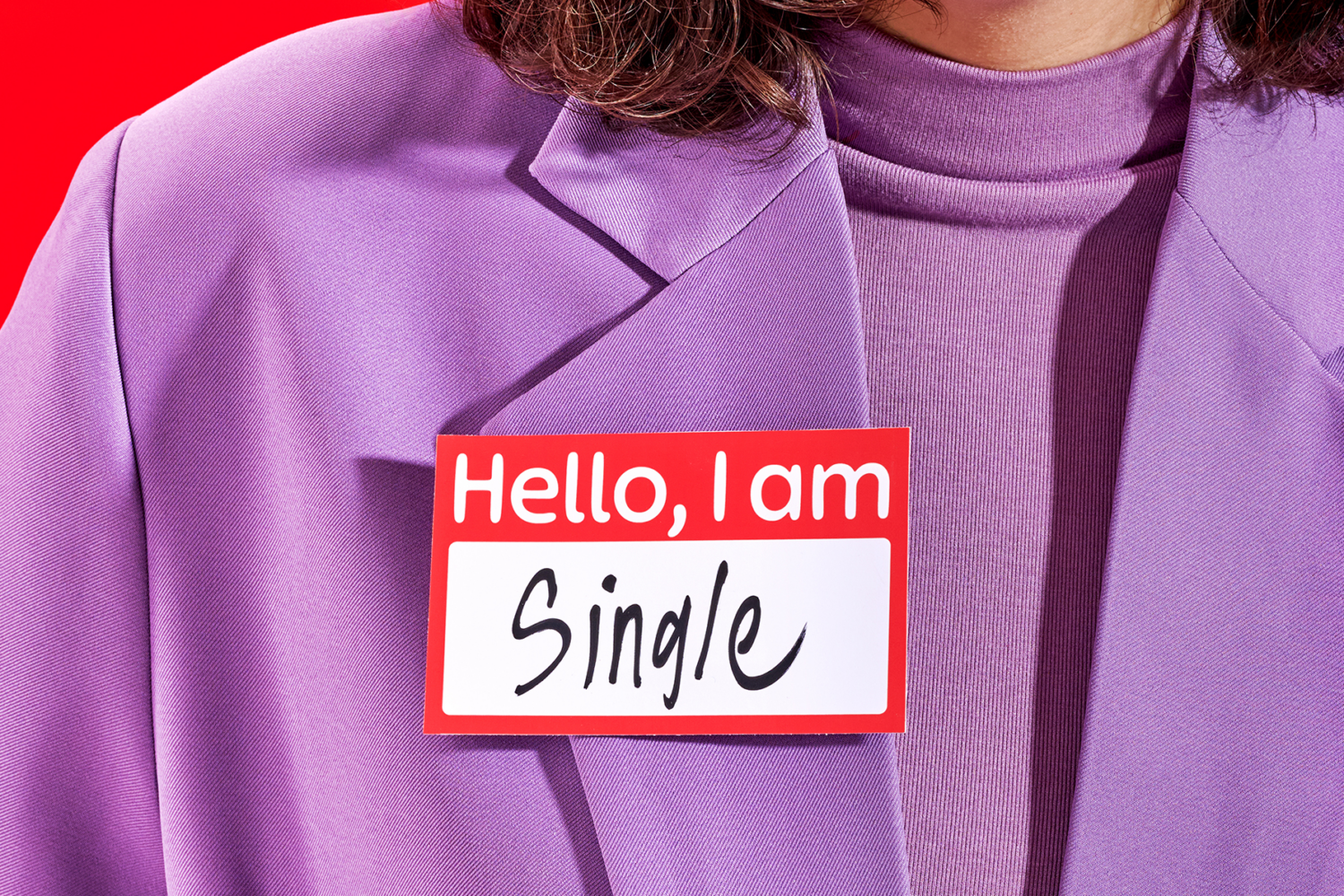Marie Arana’s new book, Bolívar: American
Liberator, is the first popular biography in English about Venezuelan
revolutionary Simón Bolívar. Known as the Great Liberator
and often compared to George Washington, Bolívar was a
larger-than-life figure who liberated six South American countries from
Spanish rule.
The Peruvian-born Arana—a former Washington Post Book World
editor, a National Book Award finalist, and now a writer-at-large at the
Post—has a personal connection to Bolívar: Her ancestors fought on
opposite sides from each other at the Battle of Ayacucho, which won Peru
independence from Spain. We talked to her about the new book and Bolívar’s
legacy.
Were you aware of Bolívar while growing up in Lima?
All I heard about was the great Battle of Ayacucho. As the
years went on, Bolívar became for me a symbol of the South American
personality—its dreams and hopes and ambitions and energy. And all its
flaws, too.
The detail throughout Bolívar is remarkable. How did you get
this image? “As Bolívar rode into the viceregal capital, hurtling along
the city streets—windblown and shirtless—citizens ventured out, curious at
first, and then in wild, gleeful abandon.”
That scene, which is so extraordinary to me, was actually taken
from an account by Bolívar’s best-known portrait artist. He was a soldier
in Bolívar’s ranks, and then he wrote his memoirs, which contain that
shirtless ride. It took a painter to do it.
Gabriel García Márquez’s The General in His Labyrinth was a
fictional account of Bolívar’s last months. Did you consider writing
Bolívar as a historical novel?
My whole career has been devoted to trying to explain the Latin
American personality. I’ve done it through a memoir and two novels. I
wanted to do it through history this time, but I was going to write it as
colorfully as a novel. I’ve written the book about Bolívar that I wanted
to read.
Race emerges as one of the central tensions. Why?
Race has always been the curse and the blessing of South
America. A curse because the Spanish colonial system was built entirely on
race. Every time a child was born, they wrote down the shade of his or her
skin. They taxed people by that same measure. It’s been a blessing because
Latin America created a new, “cosmic race,” as a philosopher put it. We’ve
got everything—African, Asian, European. Most South Americans have
something of all of these races.
You make clear Bolívar was a fantastic writer. Where did that
come from?
The first letter he ever wrote, at age 16, is
illiterate—terrible spelling, terrible grammar. But in Spain, he was taken
in by a well-educated marquis, who made him read and read. When Bolívar
came out on the other side, he was so fresh and sharp, with beautiful
turns of phrase that were always illuminated by great literature. I really
do think he is one of the great Latin American writers.
What lesson do you hope readers take from Bolívar?
That the Hispanic personality, the Latin American experience,
is very, very different from the North American experience. It is another
world. It is another heart. I think that when North Americans look south,
they don’t realize that.
You seem to be testing that a little with your subtitle,
American Liberator. Most people in the US see the word “American” and
think “North American.”
My Peruvian grandfather used to say, “We were Americans first.”
If he were alive today, I think he would call it the perfect case of
identity theft. It’s deliberate to call Bolívar “American Liberator.” I
did that for my grandpa.
This article appears in the April 2013 issue of The Washingtonian.
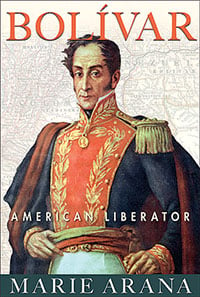
Publisher:
Simon & Schuster
Price:
$35.00




